In an effort to narrow down what triggers my flare-ups, I’ve seen so many dermatologists, taken antibiotics, tried supplements, used prescription topicals, and kept a decade-long detailed spreadsheet of every single product and ingredient I put on my face (I can’t even look at niacinamide or salicylic acid without breaking out all over).
Part of what makes the condition so annoying to deal with is that there’s no one-size-fits-all solution. Even certain products that are commonly recommended for people with rosacea — such as mineral sunscreens, CeraVe, and redness-relieving creams — make mine so angry. The fact that there are still several different theories about what causes rosacea, from gut health and immune system issues to the small mites that live in everyone’s skin, doesn’t always help narrow things down, either. Common triggers can be physical, topical, emotional, weather- and food-related, and beyond, and so many things touch our faces, from skincare to laundry products on our pillowcases.
“Tolerability of products and triggers of rosacea are very individualized,” agreed Dr. Julie C. Harper, founder of the Dermatology and Skin Care Center of Birmingham in Alabama and a member of the National Rosacea Society’s medical advisory board. “What aggravates rosacea in one person does not predictably aggravate rosacea in everyone. It is probably most important that individuals keep a log or journal of what predictably triggers their rosacea and then avoid that.”
I’ve finally made progress to the point that most days, I don’t have much visible rosacea, if any. One thing I’ve found is that my skin thrives when I’m using lightweight products that aren’t heavy or occlusive. For lack of a better word, my skin seems to like more “breathable” water-based products rather than those typically recommended for people with compromised skin barriers.
I asked Harper why that might be the case, since it seems to run counter to so much common advice for “rosaceans.”
“It may be the circumstances that prompt you to use the occlusive agents that are actually the trigger,” she said. “For example, people frequently attribute a flare of rosacea to sunscreen, but it is more likely that the trigger is sunlight itself or even heat. We are also more likely to reach for occlusive agents when our skin feels dry or when we are dealing with cold temperatures and low humidity. Cold, dry air is tough on the skin, disturbing the skin barrier, which is a known trigger for rosacea. Lastly, occlusive agents and thicker products, like sunscreens with a lot of zinc oxide, can be harder to remove from the skin. People may be more likely to use a more aggressive cleanser or skincare product to try to get the skin to feel clean. This can also disrupt the skin barrier and trigger a flare of rosacea.”
In other words, there’s more for me to try to figure out now, but that’s a helpful start in understanding why my skin is so much calmer when I’m using certain products rather than others. I’ve learned to reach for light formulas focused on aloe or green tea and with a relatively minimal list of ingredients — the more things a formula contains, after all, the more likely it is to include a trigger.
“If a product or an ingredient seems to trigger a rosacea flare, then avoid it,” Harper said. “There are lots of good skincare products to choose from.”
Although what works for me may not work for someone else with rosacea or sensitive skin, reading about what’s been successful for other people has led me down some fruitful paths in my own trigger-elimination-slash-face-soothing journey.
Source link

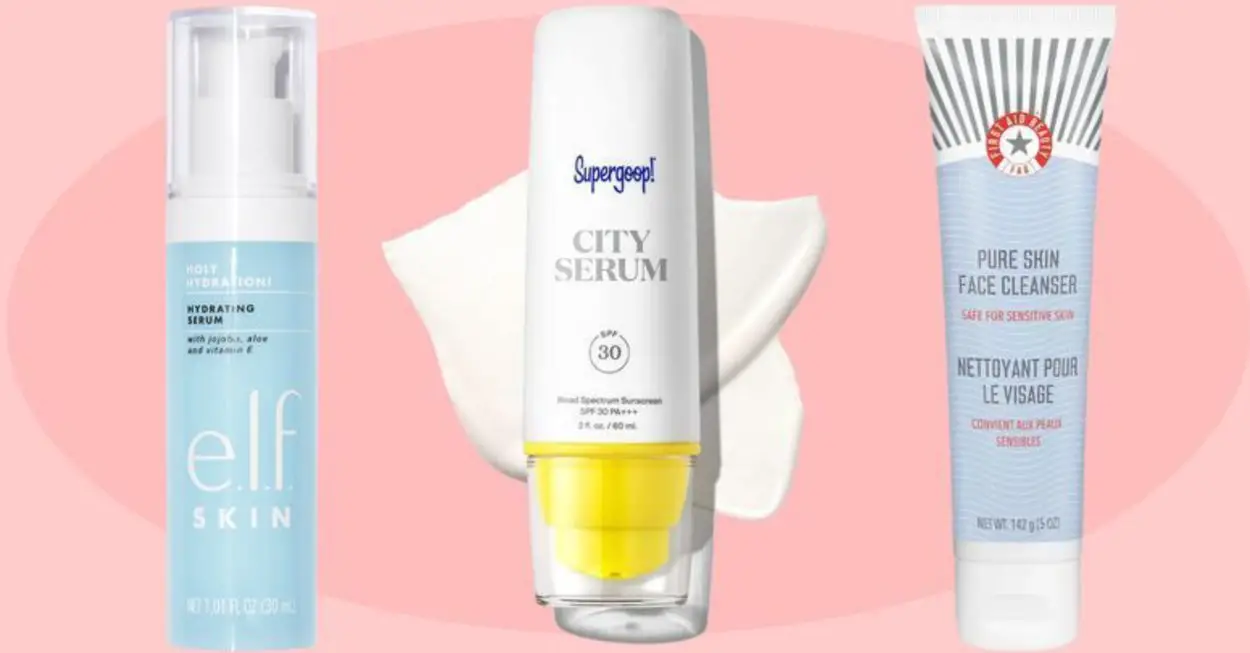
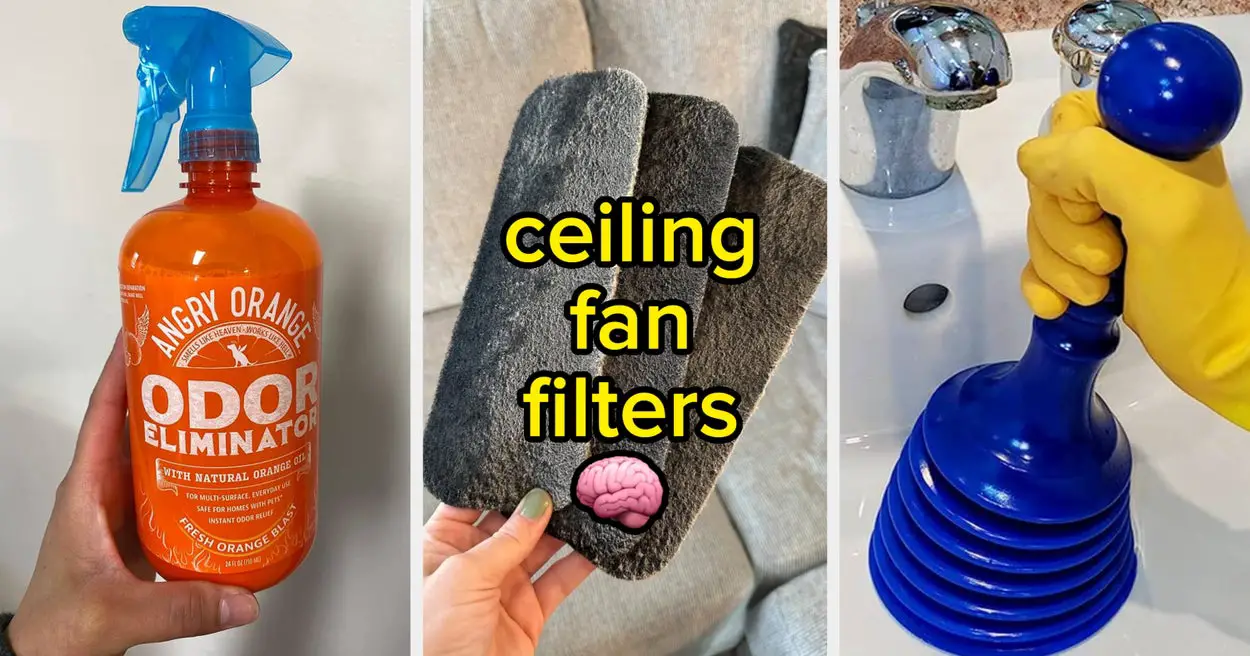


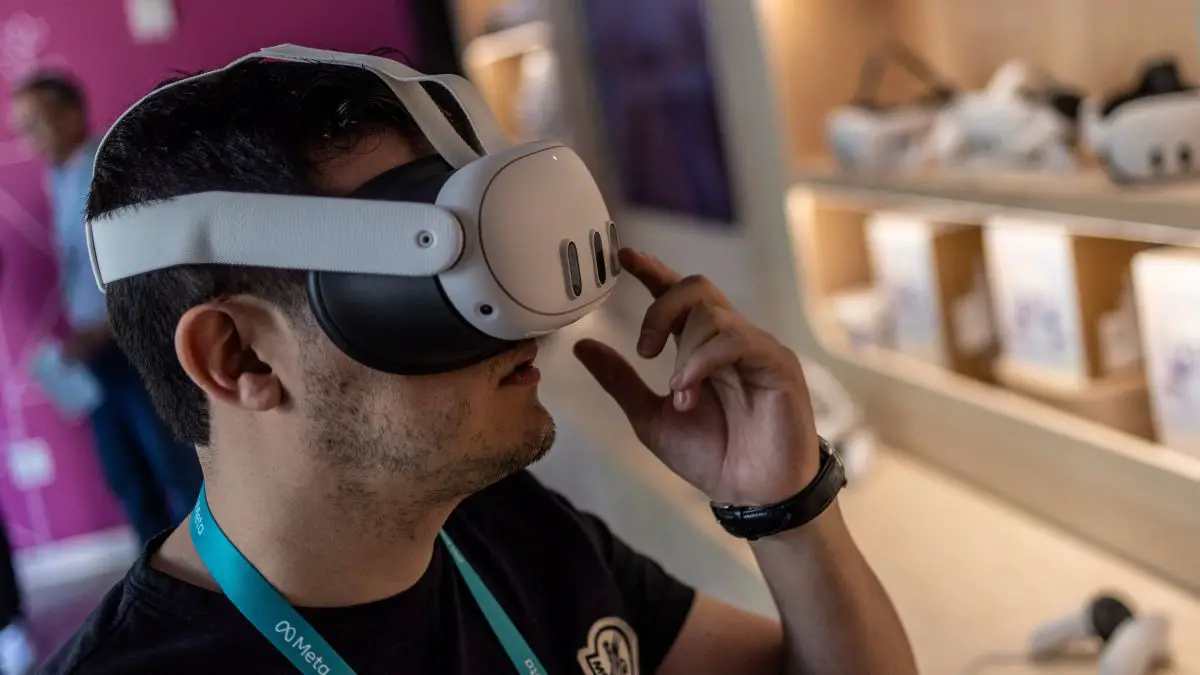

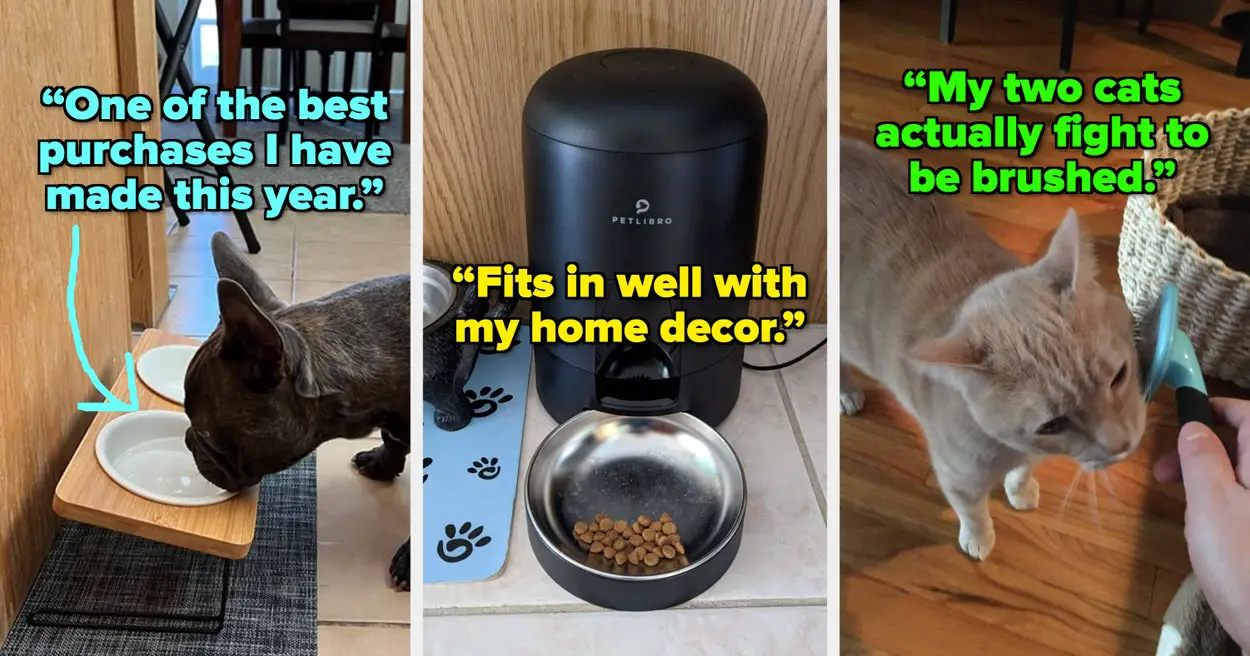

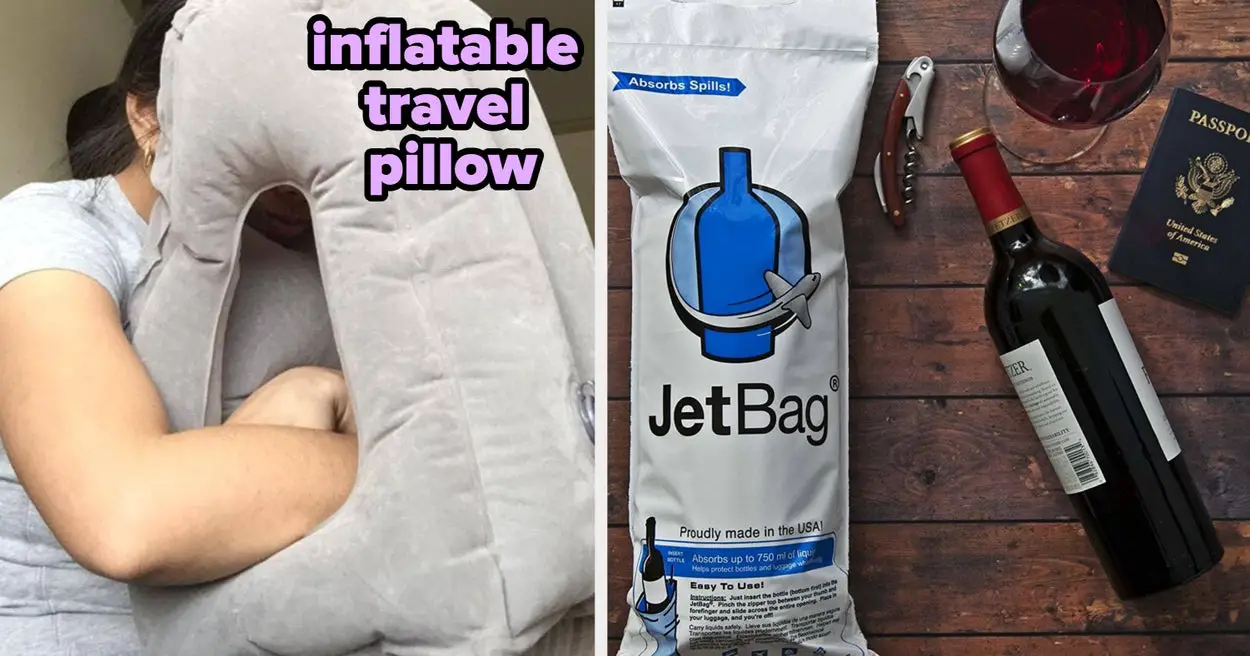
Leave a Reply